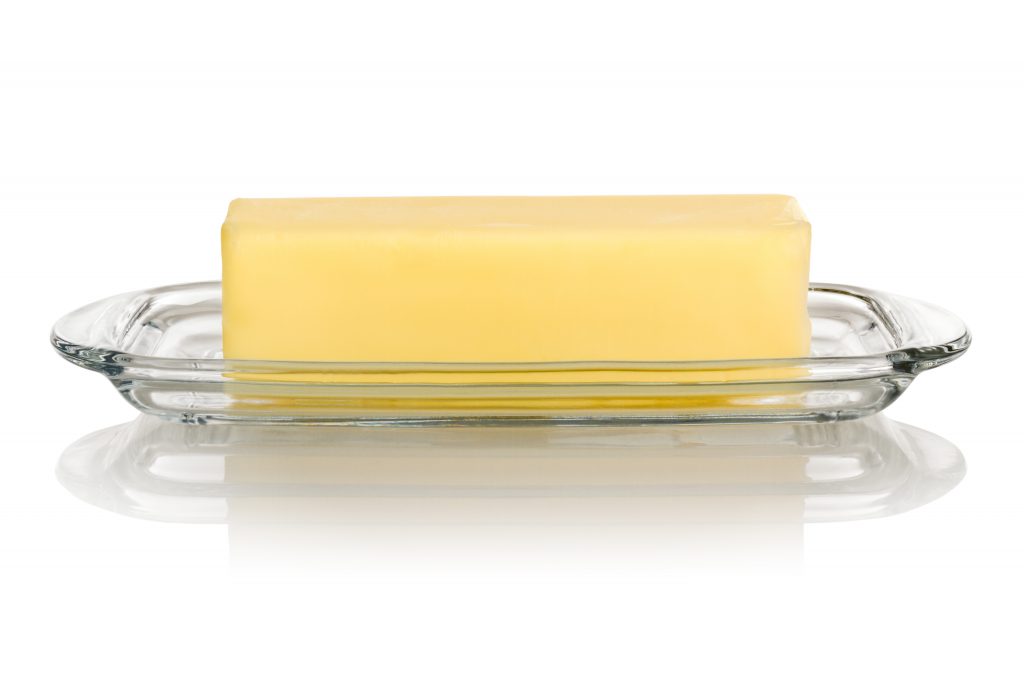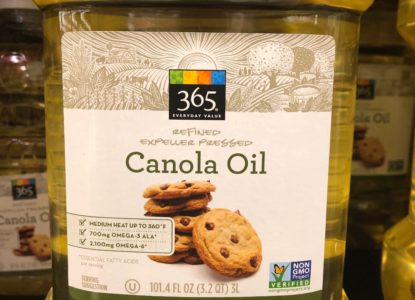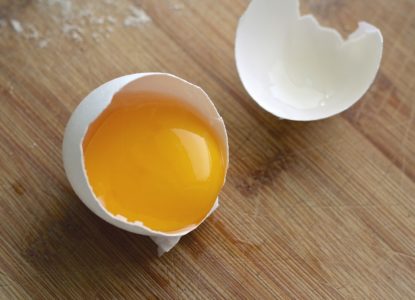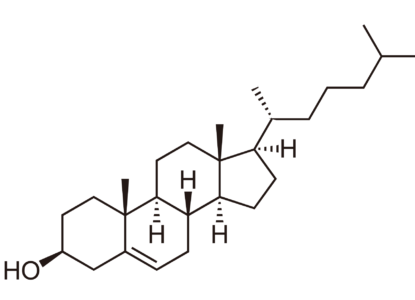Why I Disagree With the Feldman Lipid Energy Model

Why do some people’s LDL-C numbers shoot through the roof on a low carbohydrate, high fat diet?
Dave Feldman, a former software engineer, citizen scientist, and lipid enthusiast has a theory – called the “lipid energy model,” which claims to explain why this phenomenon occurs in a class of people known as “lean mass hyper-responders.” Dave’s theory has gained traction in many low carb forums, and Dave was even invited to speak at Stanford University.
The problem is that Dave’s Lipid Energy Model goes against the overwhelming weight of the evidence in telling people not to worry about sky high LDL when TG/HDL ratio is in range. In fact, the introduction to Dave’s position paper contains the following line:
This dietary strategy may cause elevated LDL-cholesterol (LDL-C), an important risk factor for atherosclerotic cardiovascular disease (ASCVD)
Norwitz, N. G., Kaplan, B., Ludwig, D. S., Budoff, M., Kontush, A., & Feldman, D. (2022). The Lipid Energy Model: Reimagining Lipoprotein Function in the Context of Carbohydrate-Restricted Diets. Metabolites, 12(5), 460. https://doi.org/10.3390/metabo12050460
Many in the low carb community cite Dave’s work as evidence that elevated LDL in subjects who are insulin sensitive is not a risk factor for heart disease, yet the energy model’s own position paper begins with a clear statement that elevated LDL is an important risk factor for heart disease. Therefore, the energy model, rather than an “get out of jail free card” for those with sky high LDL, is really just an alternative explanation for why LDL is elevated in this group.
Fundamentally, the energy model is at odds with the well established rule of cholesterol synthesis, which simply put, describes how the body makes its own cholesterol, and the circumstances, some of which are dietary, that cause this pathway to become super-charged.
I was lucky to have the chance to interview renowned lipid expert, Tom Dayspring MD, on the subject of whether a healthy TG/HDL ratio is protective even when LDL is elevated, and have included the video below.
For more from Dr. Dayspring, this National Lipid Association page is a valuable resource.
The Feldman Lipid Energy Model Explained
Dave’s story begins with a familiar set of facts. After going on a ketogenic diet to battle elevated blood sugar, his total cholesterol shot up to 329 mg/ dL.
Dave tracks his food intake meticulously and has found that, in many cases, his LDL-C numbers go down when he eats more fat.
Dave’s theory, he calls the “lipid energy model,” claims high LDL-C and high LDL-P is not dangerous when HDL is high and triglycerides are low, or in other words, when a patient has elevated lipids, but is insulin sensitive.
The Retterstol study teaches us that most people will see an uptick in their lipid numbers on a high fat or carnivore diet, specifically LDL-C and LDL-P, but that the increases vary by individual. In Retterstol, those placed on a high fat diet saw LDL-C increase between 5 and 107%.
This much we know.
In fact, most serious commentators concede that saturated fat intake generally increases LDL-C to some degree, what they dispute is that elevated LDL is causal in heart disease.
The “LDL denier” movement is growing among low carb enthusiasts, with Dave as one of the band leaders (despite the clear acknowledgement of LDL as a risk factor for heart disease in the energy model position paper).

Gerald Dropped His LDL-C by 100 Points With Diet Alone
Gerald was an ultramarathon runner, but despite his dedication to fitness, he was struggling with rising cholesterol levels, increasing blood pressure, and low energy.
VLDL on a carnivore or low carb diet
To understand Dave’s theory, we first need to touch on VLDL.
VLDL is a type of lipoprotein that originates in the liver to traffic predominantly triglycerides. 1 You can think of lipoproteins as “fat taxis” whose job it is to shuttle cholesterol, triglyceride and phospholipids around the body. Most of the VLDL lipid cargo is triglyceride. People that deal poorly with sugar, carbohydrates and glucose (individuals who are insulin resistant or pre-diabetic) are the ones who trend towards higher triglyceride rich LDL and VLDL.
This is the case because when the body can’t use or store glucose, it turns the sugar into fat through a process called de novo lipogenesis.
When VLDL sheds its triglyceride cargo, as it does when it delivers triglyceride to muscle tissue, it becomes what is called a remnant. 2 Because they are small, hard and dense tiny balls of cholesterol, remnant VLDL cholesterol are thought to be a particularly dangerous type of particle which represent an independent risk factor for heart disease when elevated. 3
VLDL morph into LDL
VLDL remnants are also known as intermediate density lipoproteins (IDL) which eventually morph into LDL, a run of the mill APOB lipoprotein. In this way, you can think of VLDL as the moth, and LDL the butterfly since VLDL eventually become LDL with small amounts of cholesterol.
Dave believes that this cholesterol “ride shares” on VLDL as a type of backup energy system, a life raft attached to the primary boat. He believes cholesterol is used by the body for energy, so cholesterol, and not just triglycerides, go up when VLDL production is high. VLDL production is high when we eat or burn triglyceride (VLDL takes the fat to be used for energy) or when insulin resistance is present.
Dave’s idea is that lean mass hyper responders (the name for people who see a huge uptick in LDL on high fat diets) are ripping through so much VLDL to traffic triglyceride that the end result is a ton more cholesterol rich LDL-P. The idea is that the VLDL remnant life cycle, in the aggregate, adds up to a truck load more cholesterol rich LDL-P in the “lean mass hyper responders.” This means that, under Dave’s theory, those who see a huge uptick in LDL-C on a high fat diet have this response because the VLDL remnant fuels that growth.
In Dave’s model, all the VLDL triglyceride moths eventually become cholesterol butterflies and in some way this is good because it’s all part of an energy distribution system.
Problems with the energy model
But how do the lean mass hyper responders get so much more cholesterol on a high fat diet? Why is the body using VLDL remnant to traffic cholesterol “energy” when the body can just make its own cholesterol at the cellular level?
My reading of Dave’s theory had me expecting to see more LDL-P, but triglyceride rich LDL-P, not cholesterol rich LDL-P.
Instead we have just the opposite.
We do know that some percentage of VLDL ultimately hang on to their cholesterol and transition to LDL particles carrying cholesterol, but we don’t have a good way of measuring VLDL remnant using VLDL.
And here’s another problem: in insulin sensitive patients (low triglycerides), which carnivore dieters are likely to be, the VLDL count tends to go down, not up, and it does so reliably. 4 My views on the energy lipid model were heavily influenced by Peter Attia’s interview with Dave. To quote Dr. Attia on the remodeling of VLDL to LDL in insulin sensitive patients:
Dave argues that VLDL production is driving the LDL concentration, but the fact remains that in insulin-sensitive people (which presumably the LMHRs are), the opposite is true: there are fewer, not more, TG being exported from the liver and there is less, not more, apoC-III on the VLDL, thereby reducing, not increasing, their residence time. In other words, LMHR would have less VLDL to LDL conversion than, say, someone with T2D. So again, I can see no evidence whatsoever that his energy model, which can’t be explained on mass balance, and can’t be explained on what is known about the physiology of VLDL and LDL, is plausible.”
Peter attia interview with dave feldman
While LDL sky rockets on the high fat diet, VLDL is low.
For this reason, I think it’s unlikely that you can account for a massive uptick in cholesterol rich LDL particles by pointing to VLDL remnant transitioning into LDL-P. Four moths can’t make 1,000 butterflies.
Instead, it is far more likely that the body is synthesizing more cholesterol in response to the increased saturated fat intake and then clearing less of the particles it makes. The result is a major uptick in LDL-P, not for more energy, but as part of a genetic response to a high fat diet.
In sum, the “white water rapids” like increase in cholesterol rich LDL-P (it’s not triglyceride rich particles that make up for the LDL-P boom in Dave’s model) can’t from the “dry creek bed” of the VLDL remnant that occurs when insulin is no longer pumping out of the pancreas at an accelerated rate. As Peter Attia said so well in his interview with Dave, the energy model doesn’t respect mass balance.
You can’t pull such a big cholesterol rabbit out of such a small VLDL hat.
Now, to be fair, I am not necessarily demonizing saturated fat across the board, and on a personal note, I admire Dave and his knowledge of lipids.
We have written previous about how the consensus has shifted on dietary fat and cholesterol, which is now believed to be less of a problem than previously thought, but saturated fat and cholesterol are two different things. With a constant daily mega-dose of saturated fat, many people will significantly increase their risk for heart disease on a carnivore diet, with carriers of risk alleles for the SNPs I list below being especially vulnerable.

Gerald Dropped His LDL-C by 100 Points With Diet Alone
Gerald was an ultramarathon runner, but despite his dedication to fitness, he was struggling with rising cholesterol levels, increasing blood pressure, and low energy.



